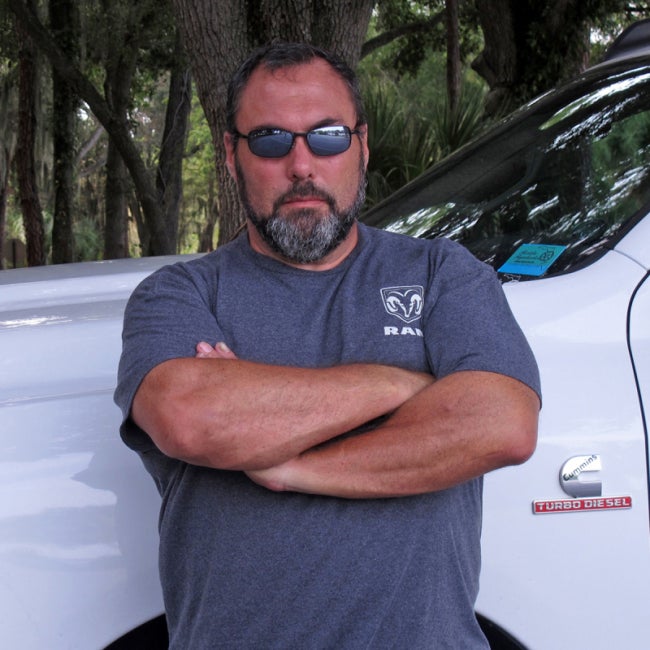 In 1965, not only was Chevrolet feeling pressure from growing GTO sales, but it only solidified the fact that the muscle car craze had really taken a hold with car buyers. Feeling pressured, Chevrolet stepped up with its horsepower offerings. While not many changes were made to the ’64 Chevelle’s body in regards to the new 1965 model, but the ’65 Chevelle did receive a new grille, tail lamps, some small exterior touches, and minor interior changes.
In 1965, not only was Chevrolet feeling pressure from growing GTO sales, but it only solidified the fact that the muscle car craze had really taken a hold with car buyers. Feeling pressured, Chevrolet stepped up with its horsepower offerings. While not many changes were made to the ’64 Chevelle’s body in regards to the new 1965 model, but the ’65 Chevelle did receive a new grille, tail lamps, some small exterior touches, and minor interior changes.
Where things did change was with the available drivetrain combinations that could be ordered for the Chevelle. Once again, the base, power-delivering engine was one of two available six cylinders (194ci and 230ci). But, for the buyer who wanted more, they could opt for either a 283ci with 195 or 220 horsepower, or the slightly larger 327ci with 255 or 300 horsepower.
In 1965, the big news for Chevelle fans was not only the introduction of a 327ci with 350 horsepower, but the addition of the bigger and badder 396-inch big block. If you ordered this engine in your car, you were a recipient of the Z-16 package. Only 201 of these pavement pounders were built in 1965 (200 hardtops and one convertible). Boasting a tire-liquefying 375 horsepower, the Z-16 package included a sturdier frame sourced from a convertible, a heavier-duty suspension with front and rear sway bars, and faster-ratio power steering. A Muncie four-speed was optional, but the Powerglide was the standard.
If you were one of the few that ordered the Z-16 package in your Chevelle, the 396ci engine under your hood was the L37 version with 375 horsepower. This was a stout engine, packed with goodies like a forged crankshaft and pistons held in place by four-bolt main bearing caps, large port heads, an aluminum intake with a Holley carburetor, and a hydraulic camshaft. As a side note, the L37 396 with 375 horsepower, and the potent L78 396 with 425 horsepower, differed only by their camshafts. The L78 received a more radical, mechanical-lifter design.


















